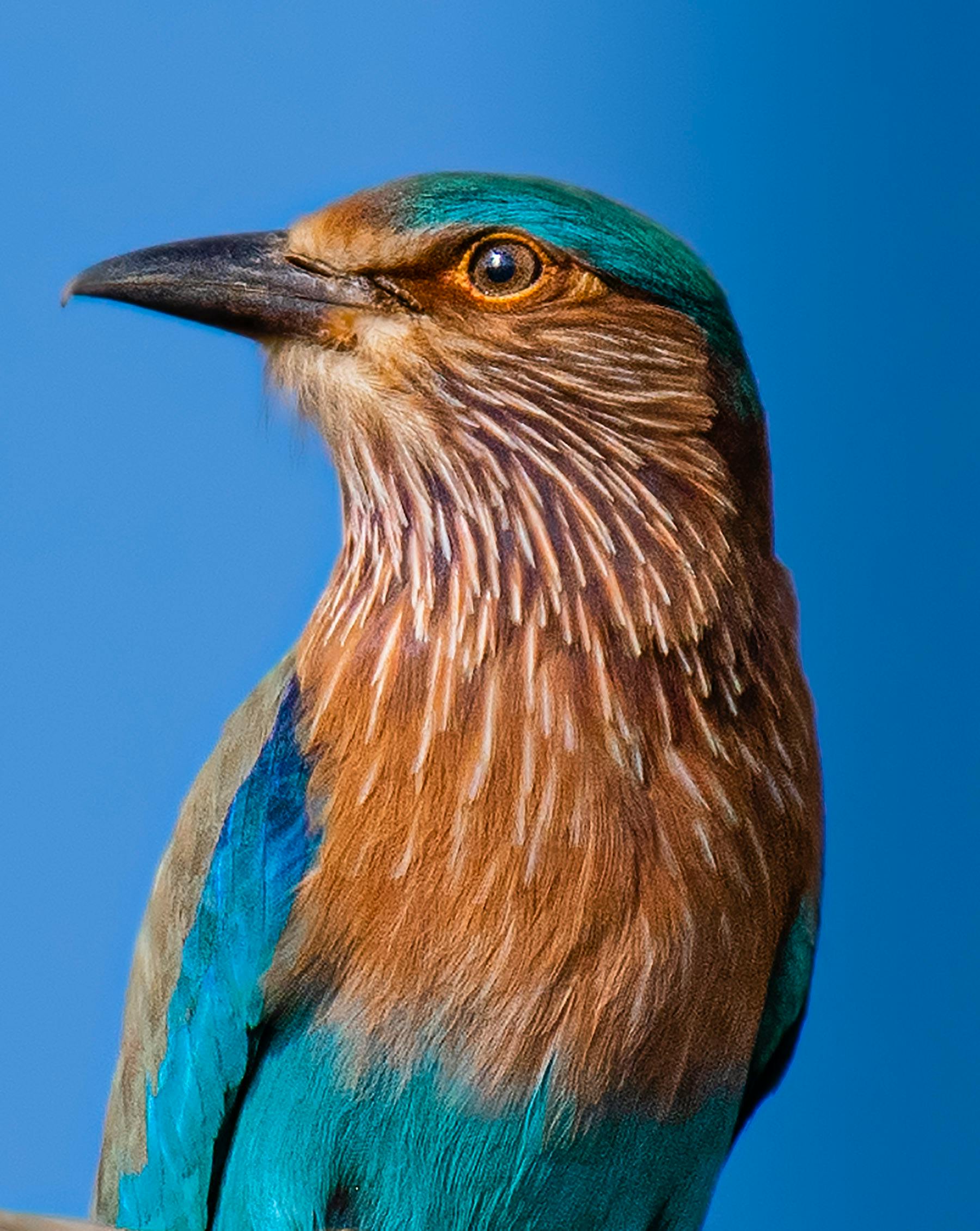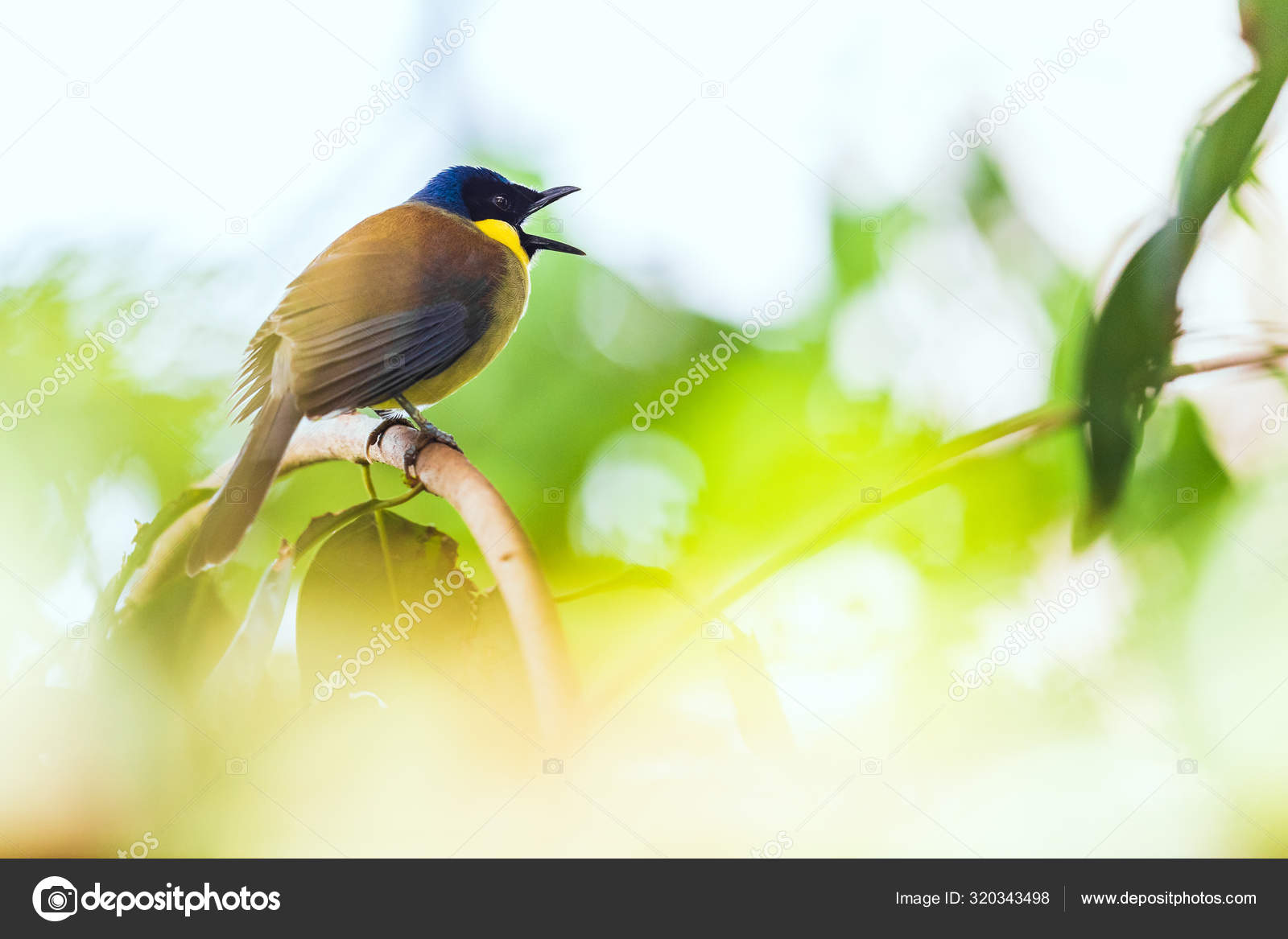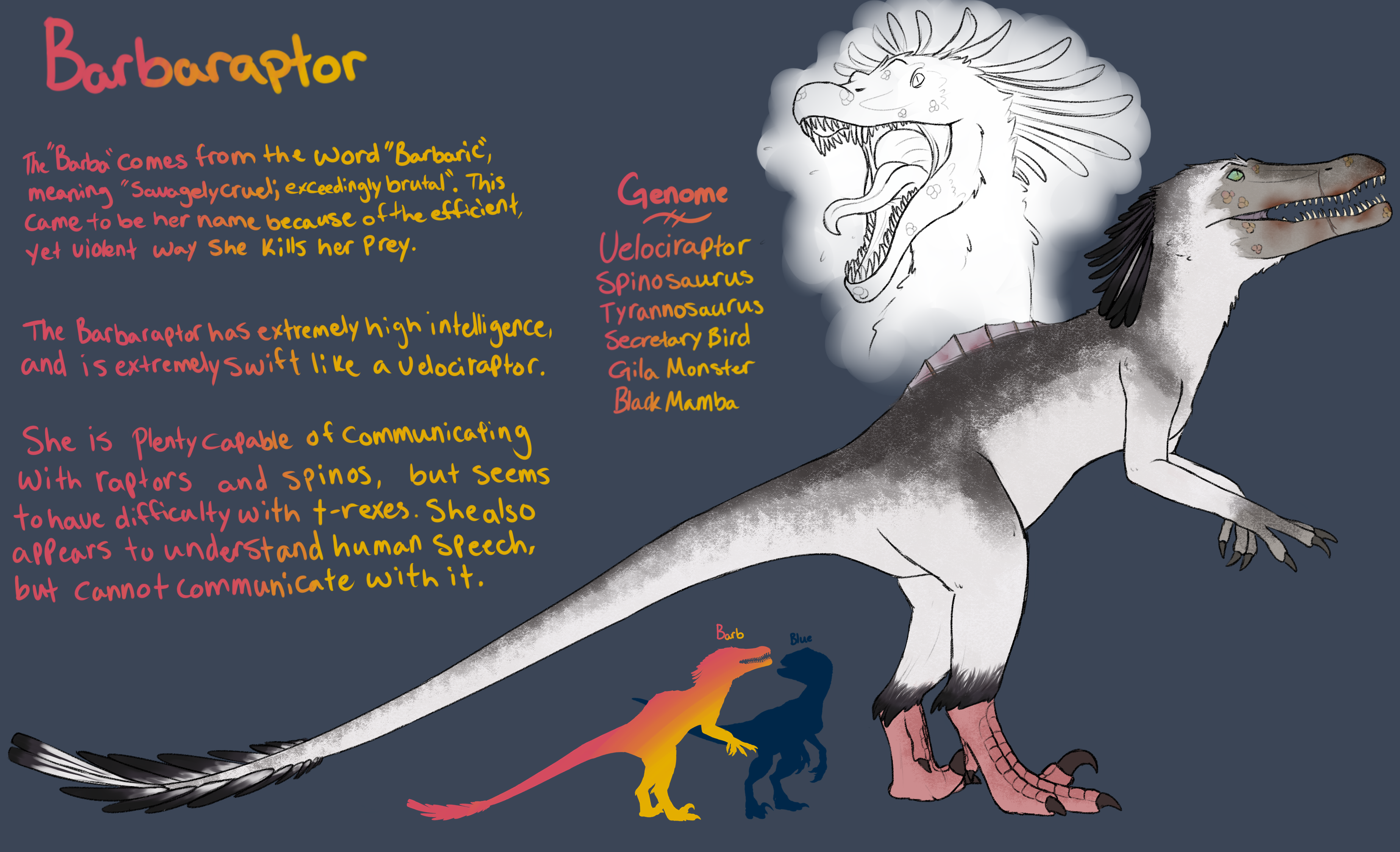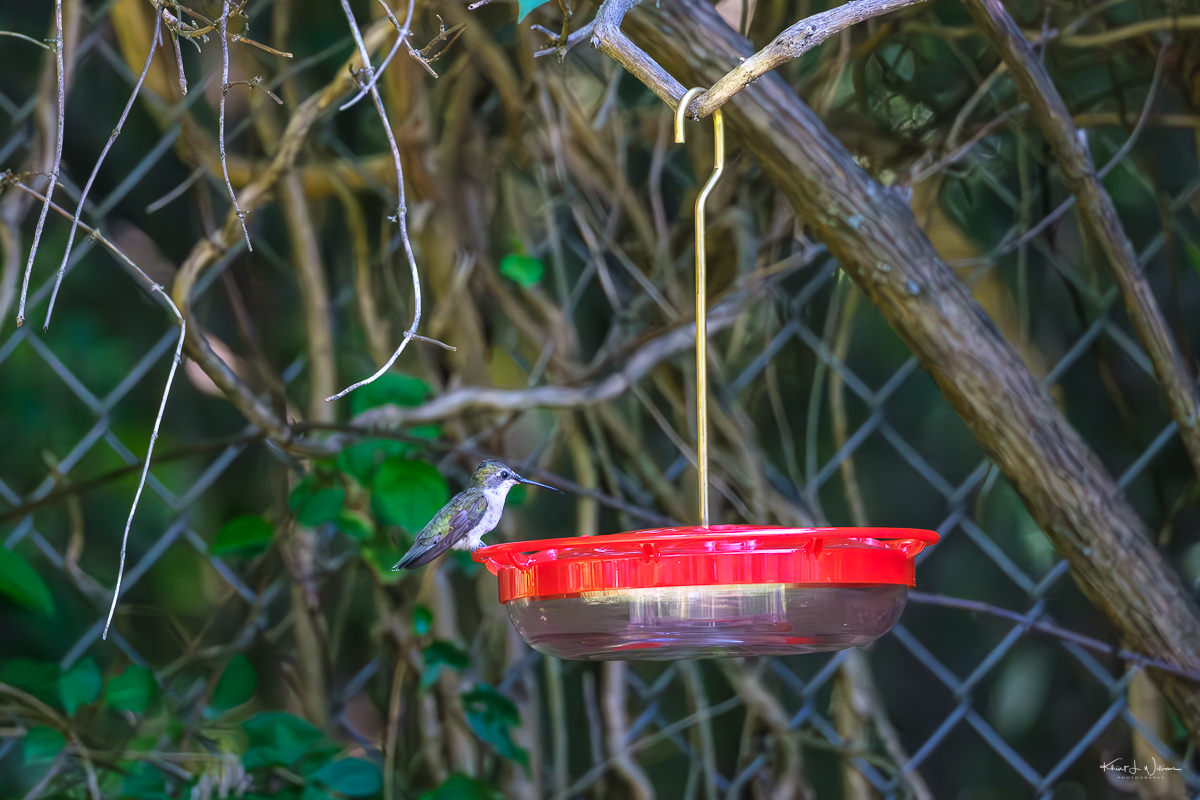Introduction: The Enigmatic World of Rare Birds

Rare birds possess an enchanting allure, captivating bird enthusiasts, researchers, and conservationists alike. These extraordinary creatures, with their limited numbers and distinctive characteristics, evoke both awe and concern. But what truly defines a rare bird? In this article, we will delve into the enigmatic realm of rare avian species, exploring their significance, the criteria used to determine their rarity, and the urgent need to protect them.
Understanding Rarity
Rarity in birds encompasses a range of factors that distinguish them from their more abundant counterparts. Key among these is their small population size, which makes each individual all the more precious. Moreover, rare birds tend to have restricted geographic ranges, confined to specific habitats or regions that offer unique ecological niches. These specialized requirements render rare birds particularly vulnerable to threats such as habitat loss, climate change, and illegal wildlife trade.
The Importance of Rare Birds
Studying and protecting rare bird species is crucial for several reasons. Firstly, they serve as vital indicators of ecosystem health. Their presence or absence can reflect the overall well-being of an ecosystem, providing valuable insights into the state of their habitats and the potential impacts of environmental changes.
Furthermore, rare birds contribute significantly to biodiversity. Every species plays a role in maintaining the delicate balance of an ecosystem, and the loss of even a single rare bird can have far-reaching consequences. Preserving their populations safeguards the intricate web of life, ensuring the continued functioning and resilience of ecosystems.
Rare Birds and Human Fascination
Beyond their ecological importance, rare birds hold a special allure for birdwatchers, birders, and the general public. The prospect of encountering a rare bird in the wild is an exhilarating experience, often driving enthusiasts to venture far and wide in search of these elusive creatures. The rarity of these avian wonders heightens their desirability, making each sighting a treasured memory.
The fascination with rare birds extends beyond dedicated birdwatchers. Their uniqueness and scarcity captivate the general public, igniting a sense of wonder and curiosity about the natural world. Rare birds can serve as ambassadors for wider conservation efforts, attracting attention, raising awareness, and fostering support for protecting endangered species and their habitats.
Criteria for Determining the World’s Rarest Bird

Determining the rarity of a bird species involves considering several key criteria. These factors help us understand the vulnerability and uniqueness of a species, shedding light on its rarity within the avian world. By evaluating population size, geographic range, habitat requirements, and threat level, experts can identify the world’s rarest birds.
Population Size
The size of a bird population is a primary indicator of rarity. Generally, birds with small populations are considered rare. As the population decreases, the rarity of the species increases. However, the specific threshold for categorizing a bird as rare may vary depending on the context and the particular population under consideration.
Geographic Range
The geographic range of a bird species is another crucial factor in determining its rarity. Birds with restricted ranges, such as those endemic to specific regions or found only on isolated islands, are often considered rare. These species face a higher risk of threats due to limited distribution, making them more susceptible to habitat loss, climate change, and other challenges.
Habitat Requirements
The specific habitat requirements of a bird species also contribute to its rarity. Birds that rely on unique or scarce habitats are more likely to be considered rare. For instance, if a species depends on a particular type of forest or wetland ecosystem that is rapidly diminishing, its rarity increases. The loss or degradation of specialized habitats further endangers these birds and enhances their rarity status.
Threat Level
The conservation status and threat level assigned to a bird species are critical in determining its rarity. International conservation organizations like the International Union for Conservation of Nature (IUCN) categorize birds as critically endangered, endangered, or vulnerable based on population declines and threats they face. These classifications indicate a species’ rarity, highlighting the urgent need for conservation efforts to protect and restore their populations.
By evaluating these criteria, researchers and conservationists can identify the world’s rarest birds. Understanding the factors contributing to their rarity is crucial for implementing effective conservation strategies to safeguard these unique and vulnerable species.
Conclusion
By defining the concept of rare birds and highlighting their significance, we have laid the groundwork for our exploration of these captivating creatures. In the following sections, we will delve into the lives of specific rare bird species, shedding light on their unique challenges and the conservation efforts aimed at their preservation. Through our collective understanding and action, we can make a difference in safeguarding the world’s rarest birds and the ecosystems they call home.
The Short-Tailed Albatross: A Remarkable Bird on the Brink of Extinction

The Short-Tailed Albatross (Phoebastria albatrus) is one of the most endangered species in the world, belonging to the albatross family, Diomedeidae. Once abundant across the North Pacific, including Japan, the United States, and Russia, this magnificent seabird faced a devastating decline due to relentless hunting in the late 19th and early 20th centuries. Hunted for its feathers, eggs, and meat, the Short-Tailed Albatross teetered on the verge of extinction.
By the mid-20th century, the species was believed to be extinct, with only a few individuals remaining on the remote Japanese island of Torishima. Conservation efforts were then initiated to rescue this imperiled species from oblivion. These initiatives focused on safeguarding breeding colonies and restoring habitats, enabling the Slow recovery of the Short-Tailed Albatross population.
As of September 2021, the global population of Short-Tailed Albatross was estimated to be around 2,200 individuals, with the majority breeding on Torishima and a smaller population on the Senkaku Islands in Japan. These limited numbers emphasize the urgent need for ongoing conservation efforts to ensure the survival of this awe-inspiring species.
Easily recognizable by its striking appearance, the Short-Tailed Albatross has a white body, a yellowish head, and a short, pinkish tail. With an impressive wingspan ranging from 7 to 8 feet (2.1 to 2.4 meters), it gracefully soars across vast expanses of ocean, epitomizing the beauty and resilience of nature.
The plight of the Short-Tailed Albatross serves as a poignant reminder of the devastating impact human activities can have on vulnerable species. However, it also offers hope, showcasing the power of conservation to reverse the course of destruction. Preserving and protecting rare birds like the Short-Tailed Albatross is a collective responsibility that demands our attention, action, and unwavering dedication.
The Philippine Eagle: A Majestic Bird on the Verge of Extinction

The Philippine Eagle (Pithecophaga jefferyi), also known as the Monkey-eating Eagle, is one of the most iconic and critically endangered bird species in the world. With its impressive size, striking crest of feathers, and piercing blue eyes, the Philippine Eagle is a true marvel of nature. However, the survival of this extraordinary species hangs in the balance.
Primarily found in the forests of the Philippines, specifically on Luzon, Samar, Leyte, and Mindanao, the Philippine Eagle faces numerous threats that have pushed it to the brink of extinction. Deforestation, logging, and mining activities have resulted in habitat loss, significantly reducing its population.
With only 400 to 800 individuals left in the wild, the Philippine Eagle is on the verge of extinction. The loss of its natural habitat not only diminishes its numbers but also disrupts the delicate ecological balance of the regions it inhabits.
As a keystone species, the Philippine Eagle plays a crucial role in its ecosystem. It regulates the population of monkeys, flying lemurs, bats, and other small mammals, maintaining the overall health and stability of its habitat.
Dedicated organizations like the Philippine Eagle Foundation are working tirelessly to protect the Philippine Eagle and its habitat. Raising awareness, conducting research, and implementing conservation programs are among their efforts to secure the survival of this magnificent bird.
Recognizing the urgency of the situation, the Philippine government has established protected areas and national parks to safeguard the remaining habitats of the Philippine Eagle. These protected areas serve as sanctuaries where the species can thrive and recover from the brink of extinction.
Preserving the Philippine Eagle is not only crucial for the survival of this remarkable bird but also for the preservation of the Philippine biodiversity as a whole. It represents a symbol of national pride and serves as a reminder of the importance of safeguarding our natural heritage.
In the next section, we will explore another rare bird species—the Spix’s Macaw, known as the rarest of the rare.
5. The Spix’s Macaw: The Rarest of the Rare

The Spix’s Macaw (Cyanopsitta spixii) is widely regarded as the rarest bird in the world. With its strikingly beautiful blue plumage, blue-gray head, and long tail, this captivating macaw species hails from the Caatinga, a semi-arid region in northeastern Brazil. Unfortunately, the Spix’s Macaw has faced numerous challenges that have pushed it to the brink of extinction.
Discovered in the early 19th century by German naturalist Johann Baptist von Spix, the Spix’s Macaw was named after him. Initially, it inhabited a small range within its native habitat. However, rampant deforestation, agricultural expansion, and urbanization led to the loss of its habitat, causing a rapid decline in population.
Illegal trapping for the pet trade further intensified the species’ decline. The allure of owning such a rare and beautiful bird created a significant demand, resulting in countless individuals being captured from the wild. With limited numbers and a restricted range, the Spix’s Macaw became extremely vulnerable to these threats.
Tragically, the last known wild individual was sighted in 2000, marking the species as functionally extinct in the wild. Yet, conservation efforts have provided a glimmer of hope for the survival of the Spix’s Macaw. Specialized breeding programs primarily carried out in captivity have successfully bred a small number of individuals.
As of September 2021, the estimated population of Spix’s Macaws in captivity is around 160 individuals. These breeding programs aim to establish a self-sustaining population and eventually reintroduce the birds back into their natural habitat. The ultimate goal is to restore the Spix’s Macaw population in the wild, allowing it to thrive and contribute to the biodiversity of the Caatinga region once again.
The Spix’s Macaw gained widespread attention and popularity through the animated film “Rio,” where a fictional character named Blu depicted a Spix’s Macaw. This exposure raised awareness about the critical status of the species and the urgent need for conservation action.
Ongoing efforts are in place to protect the remaining individuals in captivity and combat the illegal trade of these birds. Collaborative initiatives involving governments, conservation organizations, and local communities strive to address the root causes of habitat loss, enforce anti-poaching measures, and raise awareness about the importance of preserving the Spix’s Macaw and its fragile ecosystem.
The fate of the Spix’s Macaw serves as a poignant reminder of the devastating impact that human activities can have on vulnerable species. By supporting conservation initiatives and taking action to protect endangered birds like the Spix’s Macaw, we can make a significant difference in safeguarding these magnificent creatures for future generations.
6. The Kakapo: The Oldest and Rarest Species of Parrot

The Kakapo (Strigops habroptilus) is a remarkable flightless parrot species native to New Zealand. Renowned for its owl-like appearance, the Kakapo stands out as the oldest and rarest species of parrot in the world. Weighing up to 4 kilograms (8.8 pounds), it also holds the distinction of being one of the heaviest parrot species.
One of the most fascinating aspects of the Kakapo is its unique mating behavior. During the breeding season, male Kakapos gather in specific areas known as leks. In these designated spots, they engage in an extraordinary display, emitting a deep “booming” sound to attract potential mates. This distinctive courtship ritual is a testament to the Kakapo’s individuality and adds to its allure.
Unfortunately, the Kakapo faces numerous challenges that have contributed to its dwindling population over the years. Habitat loss, predation by introduced species, and low breeding rates have all played a role in its decline. By the 1990s, the Kakapo population had reached a critically low point, with only 51 individuals remaining—a stark reminder of the urgent need for conservation action.
To safeguard the Kakapo from extinction, dedicated conservation efforts have been underway. These initiatives include predator control measures, habitat restoration projects, and a carefully managed breeding program. By implementing these strategies, conservationists have made significant progress in increasing the Kakapo population.
As of September 2021, the Kakapo population has shown encouraging signs of recovery, with approximately 210 individuals reported. This achievement is a testament to the unwavering commitment and tireless work of conservationists who strive to protect this extraordinary species.
However, it is crucial to note that the Kakapo remains under strict management and continuous monitoring to ensure its survival and prevent any further decline in population. Rigorous measures are in place to address the ongoing threats and challenges faced by the species, ensuring its future remains secure.
The Kakapo’s rarity and unique characteristics have elevated it to the status of a conservation icon, symbolizing the importance of protecting endangered species worldwide. By highlighting the story of the Kakapo, we shed light on the urgent need for collective action to preserve our planet’s biodiversity and ensure a sustainable future for all species, rare or otherwise.
7. Final Thoughts: Taking Action to Preserve Rare Bird Species

8. Conclusion

Final Thoughts: Taking Action to Preserve Rare Bird Species

Rare bird species are facing alarming threats and are on the brink of extinction. Immediate action is crucial to protect and preserve these unique and valuable creatures. By understanding the importance of conservation, supporting ongoing efforts, raising public awareness, and taking individual actions, we can make a significant difference in their survival.
Importance of Conservation
Conservation of rare bird species maintains the delicate balance of ecosystems. Birds contribute to seed dispersal, pollination, and pest control, essential for plant and animal populations. Losing these species disrupts ecological processes and has far-reaching consequences. For instance, the absence of seed dispersers hinders forest regeneration and impacts food sources for other animals.
Threats to Rare Birds
Rare bird species face numerous threats jeopardizing their existence. Habitat loss due to deforestation and urbanization is a significant concern. Climate change alters suitable habitats, migration patterns, and breeding cycles. Pollution, illegal hunting, and invasive species further exacerbate risks. Disturbing statistics and examples underline the severity of these threats, emphasizing the urgent need for action.
Conservation Efforts
Efforts to protect rare bird species are underway on various fronts. International organizations like BirdLife International focus on habitat conservation, research, and community engagement. Collaborative projects have successfully revived endangered bird populations, highlighting the importance of sustained support and investment.
Importance of Public Awareness
Raising public awareness fosters a sense of responsibility towards rare bird conservation. Education, outreach programs, and media campaigns disseminate information about their ecological significance and threats. Inspiring empathy and understanding garners support and encourages active participation in conservation efforts.
Individual Actions
Individuals can contribute to rare bird preservation through various actions. Birdwatching provides opportunities for appreciation, learning, and valuable data collection. Responsible tourism practices and supporting local conservation initiatives make a significant difference. Creating bird-friendly gardens and participating in habitat restoration projects provide safe havens for these birds.
Collaboration and Advocacy
Collaboration between governments, conservation organizations, researchers, and local communities is paramount in implementing effective conservation strategies. Advocacy influences policy decisions, promotes sustainable practices, and secures legal protection. Together, we can work towards a brighter future for these extraordinary and endangered creatures.
In conclusion, preserving rare bird species is a collective responsibility that requires immediate action. By recognizing the importance of conservation, understanding threats, supporting ongoing efforts, raising public awareness, and taking individual actions, we can make a significant impact in safeguarding these remarkable birds for generations to come. Let us unite in our efforts to protect and cherish the world’s rarest birds.
Frequently Asked Questions
What is the rarest bird in the world?
The Spix’s Macaw (Cyanopsitta spixii) is widely regarded as the rarest bird in the world.
Where is the Spix’s Macaw found?

The Spix’s Macaw is native to the Caatinga, a semi-arid region in northeastern Brazil.
How many Spix’s Macaws are left in the wild?

As of September 2021, the last known wild individual of the Spix’s Macaw was sighted in 2000, marking the species as functionally extinct in the wild. The estimated population of Spix’s Macaws in captivity is around 160 individuals.
What caused the decline of the Spix’s Macaw population?

The Spix’s Macaw population declined due to rampant deforestation, agricultural expansion, urbanization, and illegal trapping for the pet trade.
What conservation efforts are being made to save the Spix’s Macaw?

Specialized breeding programs primarily carried out in captivity have successfully bred a small number of Spix’s Macaws. These programs aim to establish a self-sustaining population and eventually reintroduce the birds back into their natural habitat. Collaborative initiatives involving governments, conservation organizations, and local communities are in place to protect the remaining individuals in captivity, combat illegal trade, and address the root causes of habitat loss.


Leave a Reply